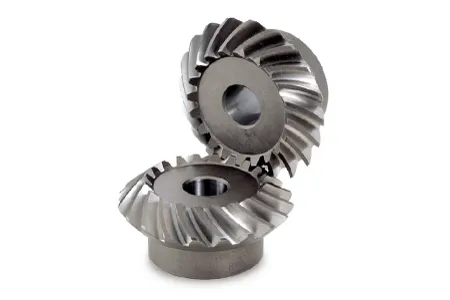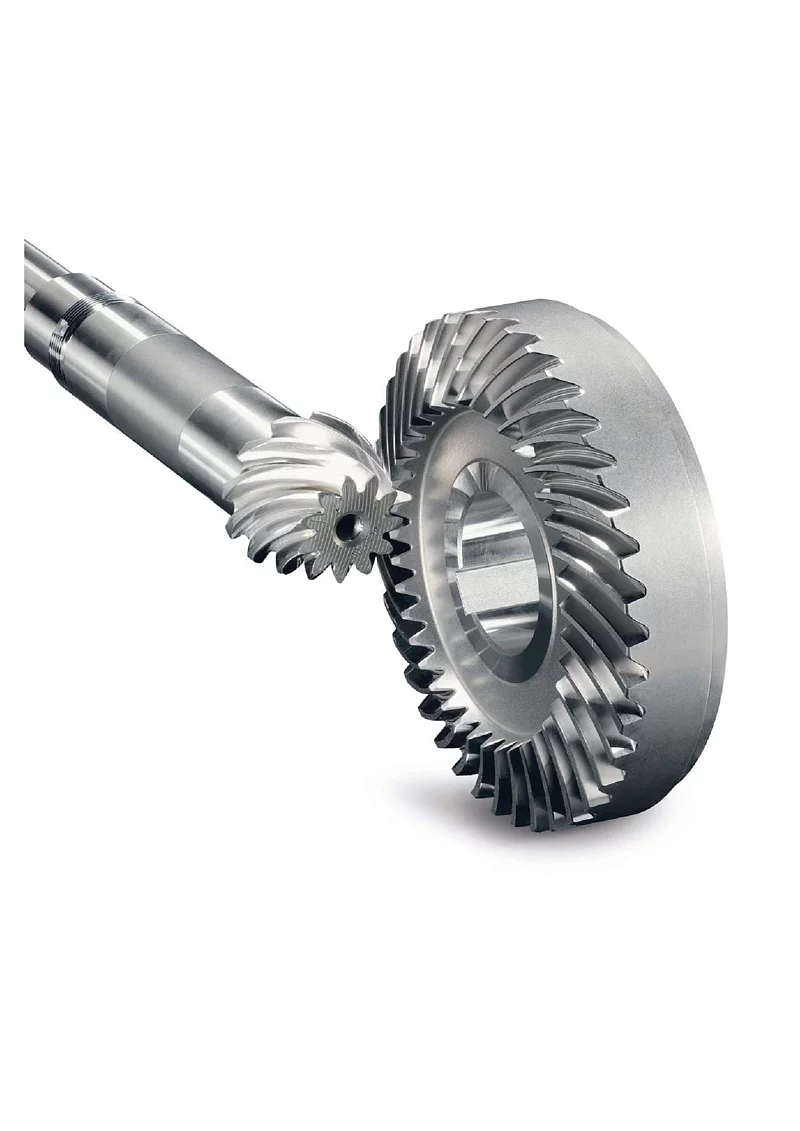Product Description
Product Description
Rotary speed reducer/slewing drive
Main fetures:
1.large speed ratio range
2.small volume,low weight ,saving space for mounting.
3.high efficiency,high mechanical strength and high quality aluminum alloy housing
4.long life service,large output torque,low noise and little vibration
5.low temperature rise,omnibearing installation ,easy to connect with other machinery.
6.high carry ability,elegant apperance.
7.CE standard,input power can be 0.06KW-15KW
8.stable transmission
Product Parameters
Detailed Photos
FAQ
Q: How to order?
A: send us inquiry → receive our quotation → negotiate details → confirm the sample → sign contract/deposit → mass production → cargo ready → balance/delivery → further cooperation.
Q: How about Sample order?
A: Sample is available for you. please contact us for details. Contact us
Q: Which shipping way is avaliable?
A: DHL, UPS, FedEx, TNT, EMS, China Post,Sea are available.The other shipping ways are also available, please contact us if you need ship by the other shipping way.
Q: How long is the deliver?
A: Devliver time depends on the quantity you order. usually it takes 15-25 working days.
Q: My package has missing products. What can I do?
A: Please contact our support team and we will confirm your order with the package contents.We apologize for any inconveniences.
Q: How to confirm the payment?
A: We accept payment by T/T, PayPal, the other payment ways also could be accepted,Please contact us before you pay by the other payment ways. Also 30-50% deposit is available, the balance money should be paid before shipping.
| Application: | Motor, Electric Cars, Motorcycle, Machinery, Marine, Agricultural Machinery, Car |
|---|---|
| Hardness: | Hardened Tooth Surface |
| Layout: | Coaxial |
| Gear Shape: | Bevel / Miter |
| Type: | Planetary Gear Reducer |
| Transport Package: | Customized Packaging |
| Customization: |
Available
| Customized Request |
|---|

How do miter gears handle changes in direction and torque transmission?
Miter gears are specifically designed to handle changes in direction and torque transmission efficiently. Here’s an explanation of how they accomplish this:
1. Right Angle Transmission:
Miter gears are primarily used to transmit rotational motion at a 90-degree angle. When two miter gears with intersecting shafts are meshed together, they allow the input and output shafts to be positioned perpendicular to each other. This right angle transmission capability enables changes in direction within a compact space.
2. Interlocking Tooth Design:
Miter gears have teeth that are cut at a specific angle to match the gear’s cone shape. When two miter gears mesh, their teeth interlock and transfer torque between the gears. The interlocking tooth design ensures a smooth and efficient torque transmission, minimizing power loss and maximizing mechanical efficiency.
3. Bevel Gear Configuration:
Miter gears belong to the bevel gear family, which includes straight bevel gears and spiral bevel gears. Straight bevel gears have straight-cut teeth and are suitable for applications with moderate torque and speed requirements. Spiral bevel gears have curved teeth that gradually engage, providing higher torque capacity and smoother operation. The choice between straight and spiral bevel gears depends on the specific application’s torque and performance requirements.
4. Meshing Alignment:
Proper alignment of miter gears is crucial for efficient torque transmission and smooth operation. The gears must be precisely positioned and aligned to ensure accurate meshing of the teeth. This alignment is typically achieved using precision machining and assembly techniques to maintain the desired gear contact pattern and tooth engagement.
5. Load Distribution:
When torque is transmitted through miter gears, the load is distributed across multiple teeth rather than concentrated on a single tooth. This load distribution helps to minimize tooth wear, reduce stress concentrations, and increase the overall load-carrying capacity of the gears.
6. Lubrication:
Proper lubrication is essential for the smooth operation and longevity of miter gears. Lubricants reduce friction and wear between the gear teeth, ensuring efficient torque transmission and minimizing heat generation. The type and method of lubrication depend on the specific application and operating conditions.
7. Backlash Control:
Backlash refers to the slight clearance between the mating teeth of gears. Miter gears can be designed with specific tooth profiles and manufacturing techniques to control backlash and minimize any unwanted movement or play. This helps maintain accuracy and precision in direction and torque transmission.
In summary, miter gears handle changes in direction and torque transmission through their right angle transmission capability, interlocking tooth design, bevel gear configuration, precise meshing alignment, load distribution across teeth, proper lubrication, and backlash control. These features make miter gears an effective choice for applications that require efficient and reliable direction and torque transmission.

What is the role of the pitch angle in miter gear design?
In miter gear design, the pitch angle plays a significant role in determining the characteristics and performance of the gears. Here’s an explanation of its role:
1. Definition of Pitch Angle:
The pitch angle in miter gear design refers to the angle between the gear’s tooth face and a plane perpendicular to the gear’s axis. It is typically denoted by the Greek letter “β” (beta). The pitch angle determines the shape and orientation of the gear teeth.
2. Tooth Profile:
The pitch angle influences the tooth profile of miter gears. By altering the pitch angle, the shape, size, and thickness of the gear teeth can be adjusted. Different pitch angles result in variations in the tooth geometry, such as tooth thickness, tooth height, and the angle of the tooth face.
3. Contact Ratio:
The pitch angle affects the contact ratio between the gear teeth. The contact ratio refers to the number of teeth in contact at any given moment during the rotation of the gears. An appropriate pitch angle helps optimize the contact ratio, ensuring sufficient tooth engagement and load distribution across the gear surfaces. This contributes to smoother operation, reduced noise, and improved gear life.
4. Strength and Load Distribution:
The pitch angle influences the strength and load distribution capabilities of miter gears. A proper pitch angle ensures optimal load transmission across the gear teeth, preventing concentrated stresses and reducing the risk of tooth failure or breakage. By selecting the appropriate pitch angle, designers can achieve the desired strength and load-carrying capacity for the specific application.
5. Gear Efficiency:
The pitch angle also affects the efficiency of miter gears. By considering factors such as tooth contact, sliding friction, and tooth deflection, the pitch angle can be optimized to minimize energy losses during gear meshing. Efficient gear design with an appropriate pitch angle contributes to higher overall system efficiency and reduced power consumption.
6. Noise and Vibration:
The pitch angle plays a role in determining the noise and vibration characteristics of miter gears. Improper pitch angles can result in undesirable effects, such as excessive noise, vibration, and tooth impact. By carefully selecting the pitch angle, gear designers can minimize these effects, leading to quieter operation and improved gear performance.
7. Meshing Compatibility:
When using miter gears in pairs, the pitch angles of both gears should be compatible to ensure proper meshing and smooth operation. The pitch angles need to be designed and manufactured with precision to ensure accurate alignment and optimal tooth engagement.
In summary, the pitch angle in miter gear design influences the tooth profile, contact ratio, strength and load distribution, gear efficiency, noise and vibration characteristics, and meshing compatibility. By selecting an appropriate pitch angle, gear designers can achieve the desired performance, durability, and efficiency for specific applications.

How do miter gears differ from other types of gears?
Miter gears possess distinct characteristics that set them apart from other types of gears. Here’s a detailed explanation:
1. Shape and Tooth Orientation:
Miter gears have a conical shape with teeth cut at a 90-degree angle to the gear’s face. This differs from other gears, such as spur gears or helical gears, which have cylindrical or helical tooth profiles. The conical shape of miter gears allows them to transmit motion between intersecting shafts at a right angle.
2. Shaft Arrangement:
Miter gears are specifically designed for transmitting power and motion between intersecting shafts. They are suitable for applications where the shafts intersect at a 90-degree angle. In contrast, other types of gears, such as spur gears or worm gears, are typically used for parallel or non-intersecting shafts.
3. Direction of Rotation:
One of the primary differences lies in the capability of miter gears to change the direction of rotation. By meshing two miter gears, the input rotational motion can be redirected at a 90-degree angle. This is in contrast to other gears that primarily transmit motion in the same direction as the input.
4. Speed Reduction or Increase:
Miter gears can be used to achieve speed reduction or increase by varying the number of teeth on the gears or combining them with other gears. This allows for adjusting the rotational speed to match the desired output speed. In contrast, other gears may have different mechanisms, such as helical gears with inclined teeth for smooth and quiet operation or worm gears for high speed reduction.
5. Compact Design:
Miter gears are known for their compact design. The intersecting shafts and the conical shape of the gears enable efficient power transmission while occupying minimal space. This compactness is particularly advantageous in applications where size and weight constraints are critical factors.
6. Application-Specific Use:
Miter gears find specific applications where the requirement is to change the direction of rotation between intersecting shafts at a 90-degree angle. They are commonly used in power transmission systems, automotive differentials, mechanical clocks, robotics, printing machinery, woodworking tools, camera lenses, and other devices.
In summary, miter gears differ from other types of gears in terms of their conical shape, suitability for intersecting shafts at a 90-degree angle, ability to change the direction of rotation, capability for speed reduction or increase, compact design, and application-specific use. These unique characteristics make miter gears valuable in various mechanical systems where specific motion transmission requirements need to be met.


editor by CX 2023-10-12